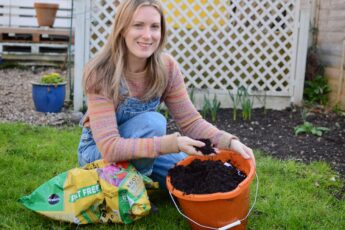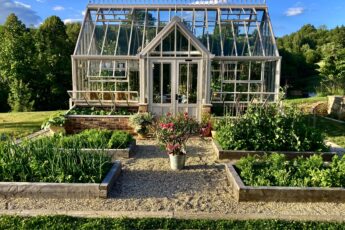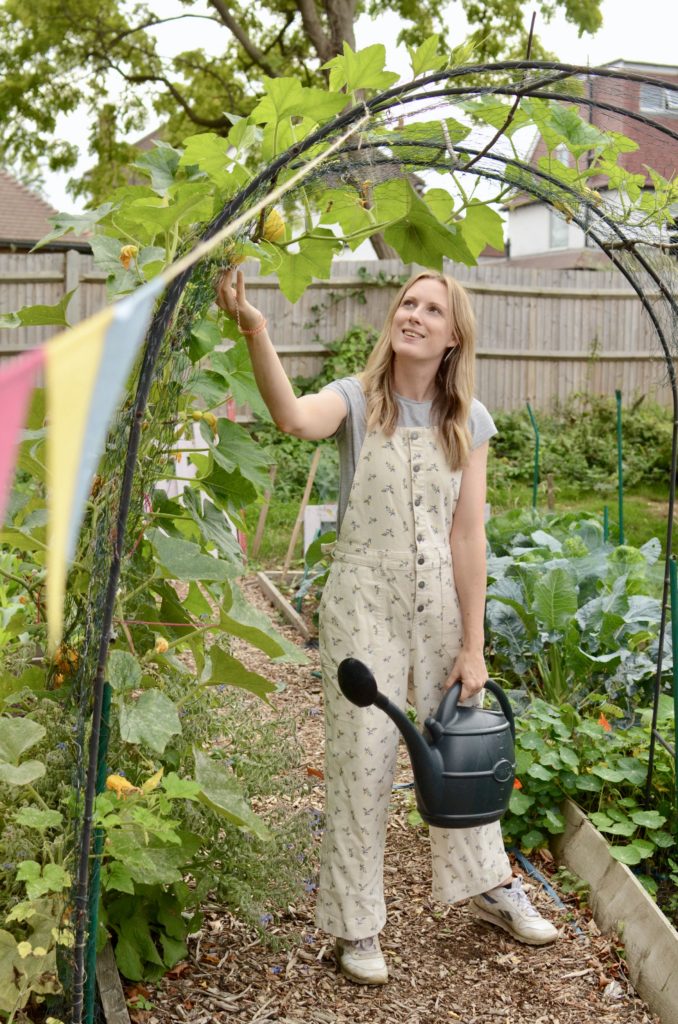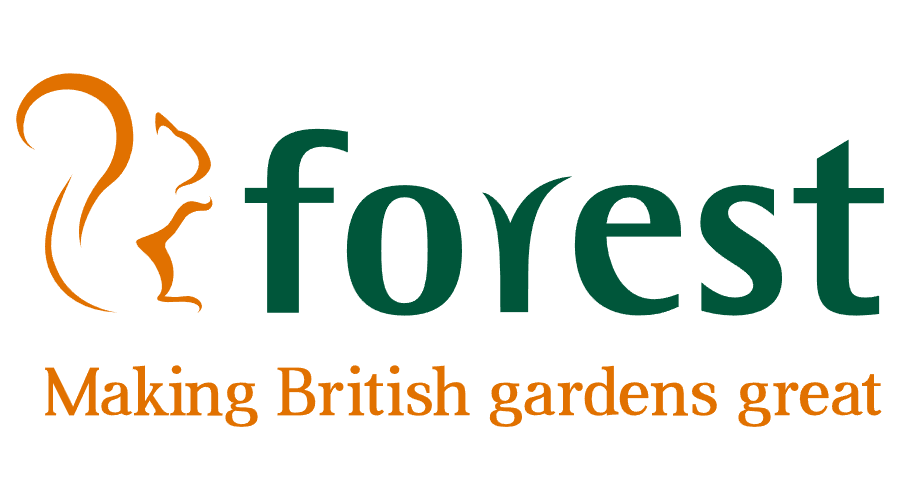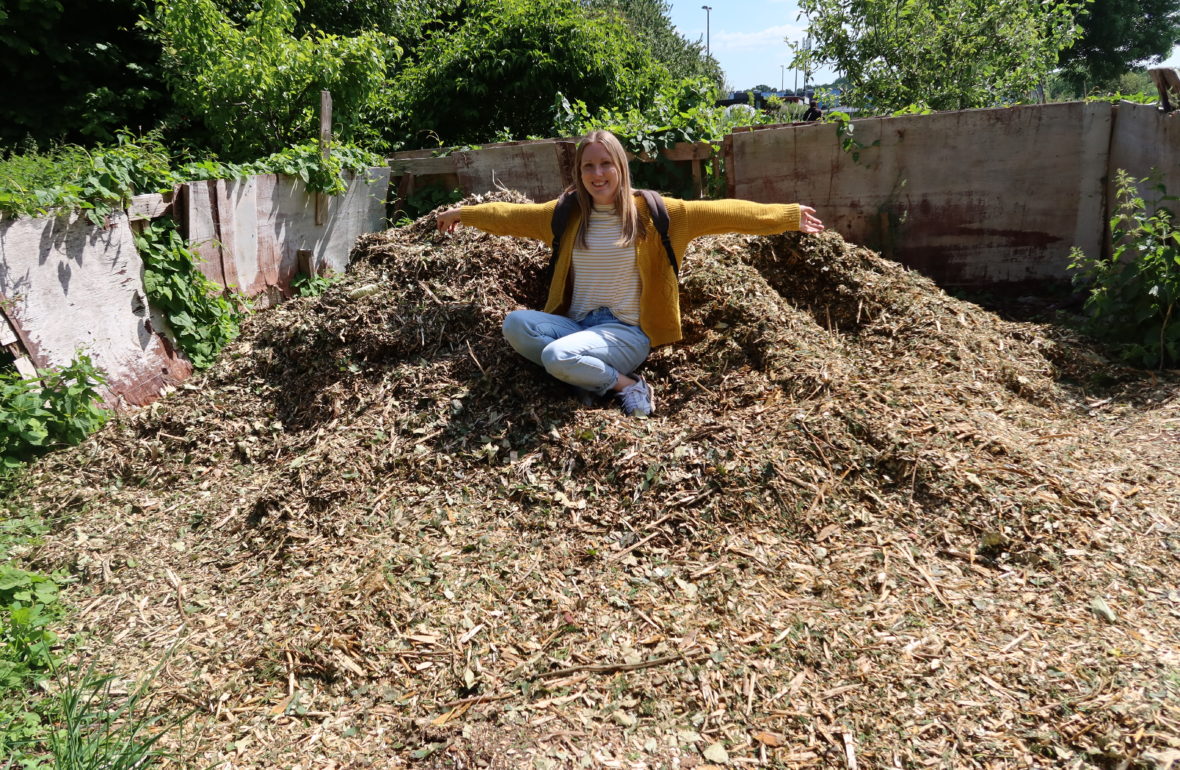
Woodchip is a fantastic natural material that can be used in many ways in the garden and especially at the allotment plot. It is often used to mulch around plants but can also be used to make compost, as a pathway and even as part of a no dig planting bed! The way you use woodchip in the garden is completely up to you and dependent on what you grow, but it’s definitely a useful material to get your hands on!
HOW DO YOU USE WOODCHIP IN THE GARDEN?
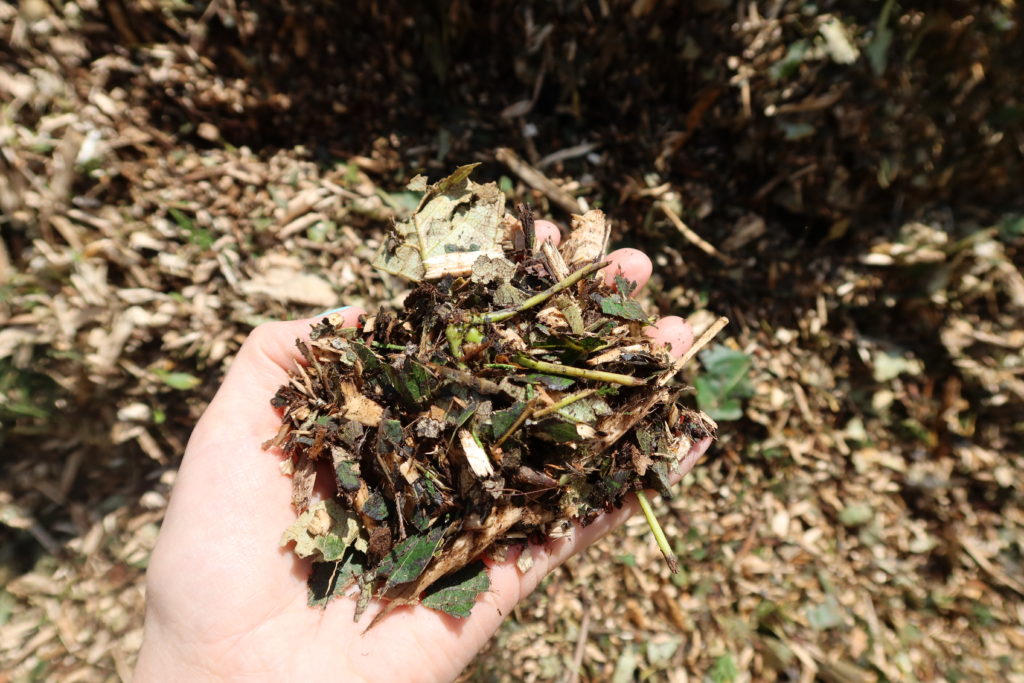
Woodchip is pretty much what it sounds like it is, wood that has been cut down into small chips! For that reason, it’s a great natural material to add to your garden and can help to make your allotment plot look beautiful and be productive too!
At my allotment plot I use woodchip as a pathway. I lay down cardboard or weed membrane and then pile the woodchip on top. The woodchip is great at absorbing rain water, meaning I’m not walking about in sludge or puddles and it also helps to block out light so weeds are less likely to grow through it.
I’ve also used woodchip in my raised beds as one of the layers to my no-dig sandwich. Woodchip is great at absorbing water and as a natural material it will happily break down, adding much needed nutrients to the soil.
Woodchip makes a great mulch too. You can use it to mulch around plants in order to retain moisture and suppress weeds. It’s particularly good around newly planted fruit trees and shrubs which need a lot of moisture in their first few years. However, don’t use it on vegetable plants!
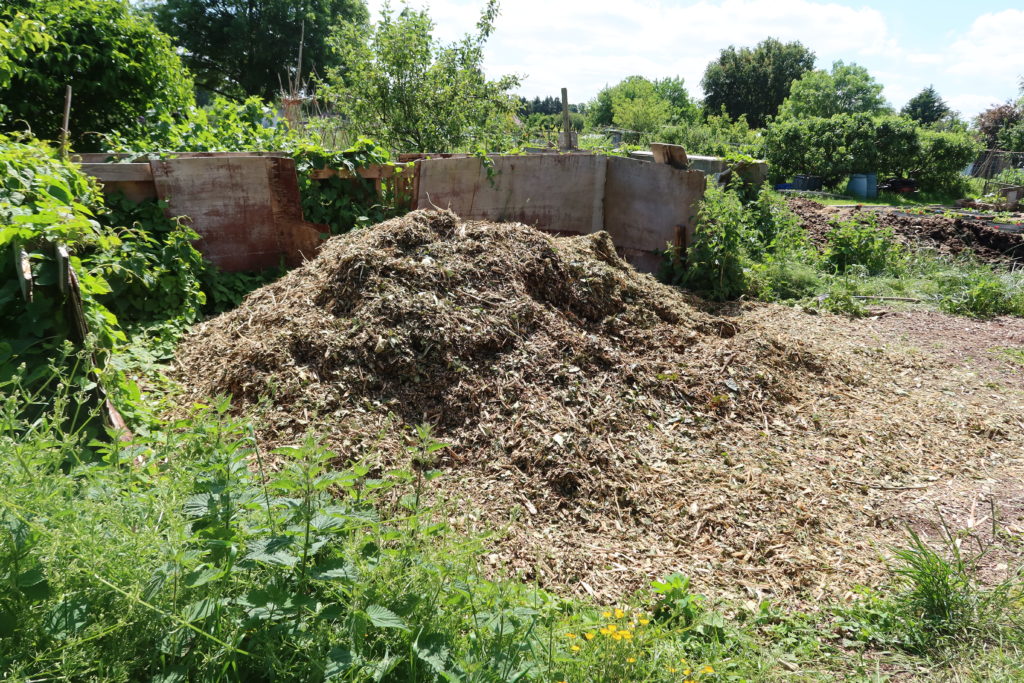
WHAT PLANTS TO MULCH WITH WOODCHIP (AND WHAT NOT TO!)
Fruit trees and woody perennials are perfect for a woodchip mulch. It helps to keep in moisture and suppress weeds, which can suck up all the goodness from the soil!
However, woodchip is usually quite low in nitrogen, something that vegetable plants need in order to grow well. So if you were to mulch your vegetable patch with woodchip, it could cause a depletion of nitrogen in the soil and off-balance the micro organisms living in the soil.
When making my raised bed, I ensures I used lots of other organic matter in order to balance out the soil. Woodchip is a really great material for growing in (just as my strawberries which are happily growing in my pathway as I write this!) as long as you ensure a good balance of nutrients in the soil.
Be aware of what tree your woodchip is coming from too. Evergreen trees can be acidic, so might work better around things like blueberry bushes.
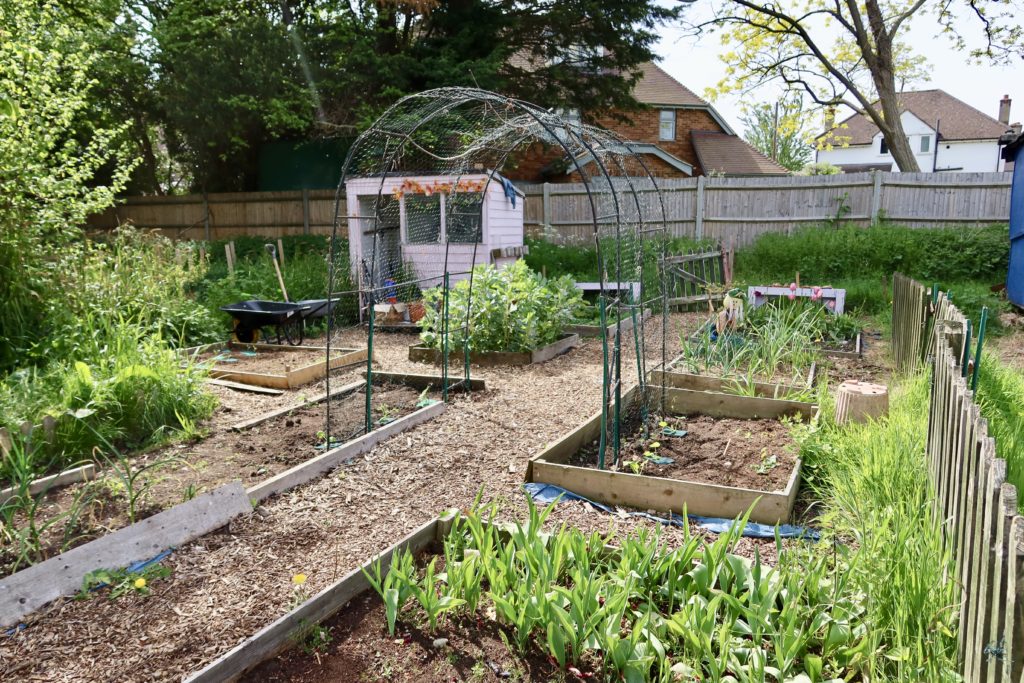
CREATING A WILDLIFE HABITAT WITH WOODCHIP
It’s not just us gardeners who love using woodchip in the garden, the wildlife can’t get enough of it either! Woodchip makes a great environment for insects to hide and thrive in.
Try leaving a little pile of woodchip in the corner of your garden to attract some happy insects. You could even use it within a bug hotel or in a wooden box in order to create a great wildlife habitat.
Just be sure the wood you are using hasn’t been treated with any chemicals before letting the insects in to it!
How do you use woodchip in your garden?



